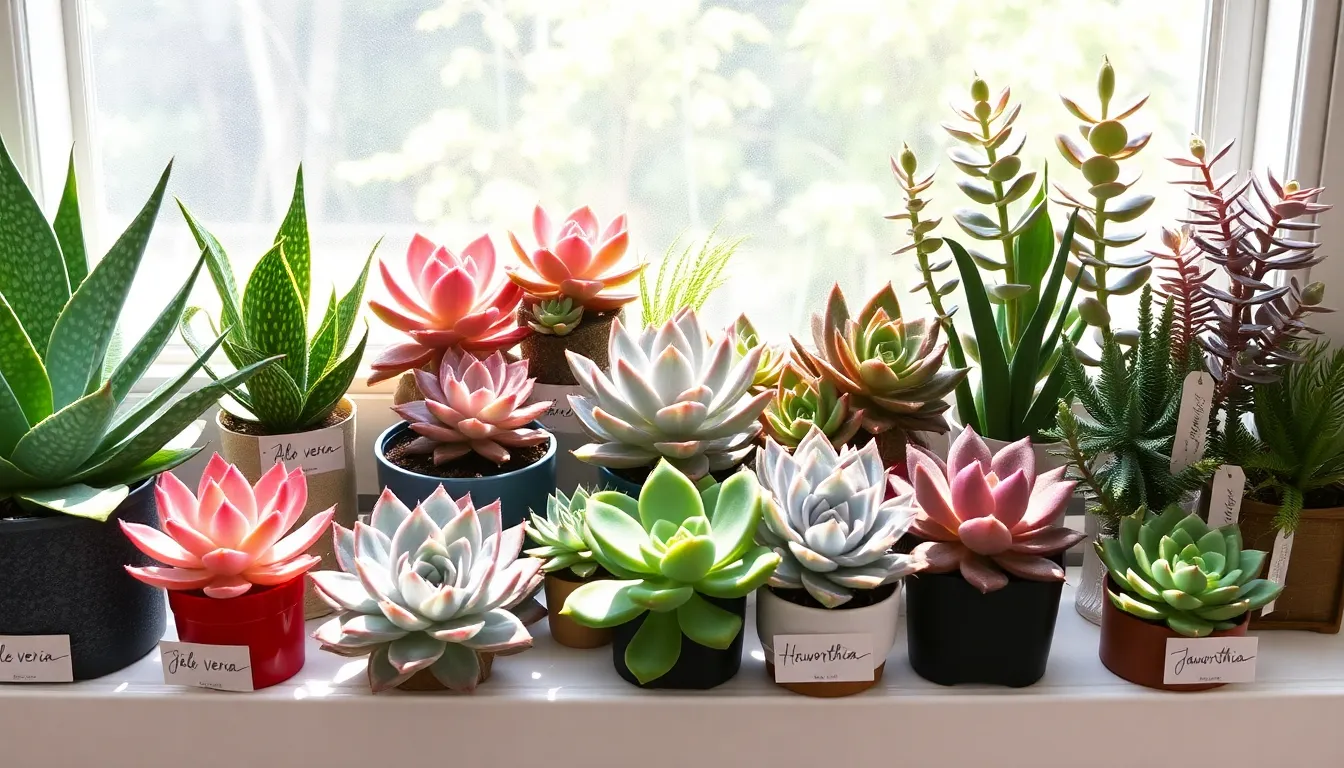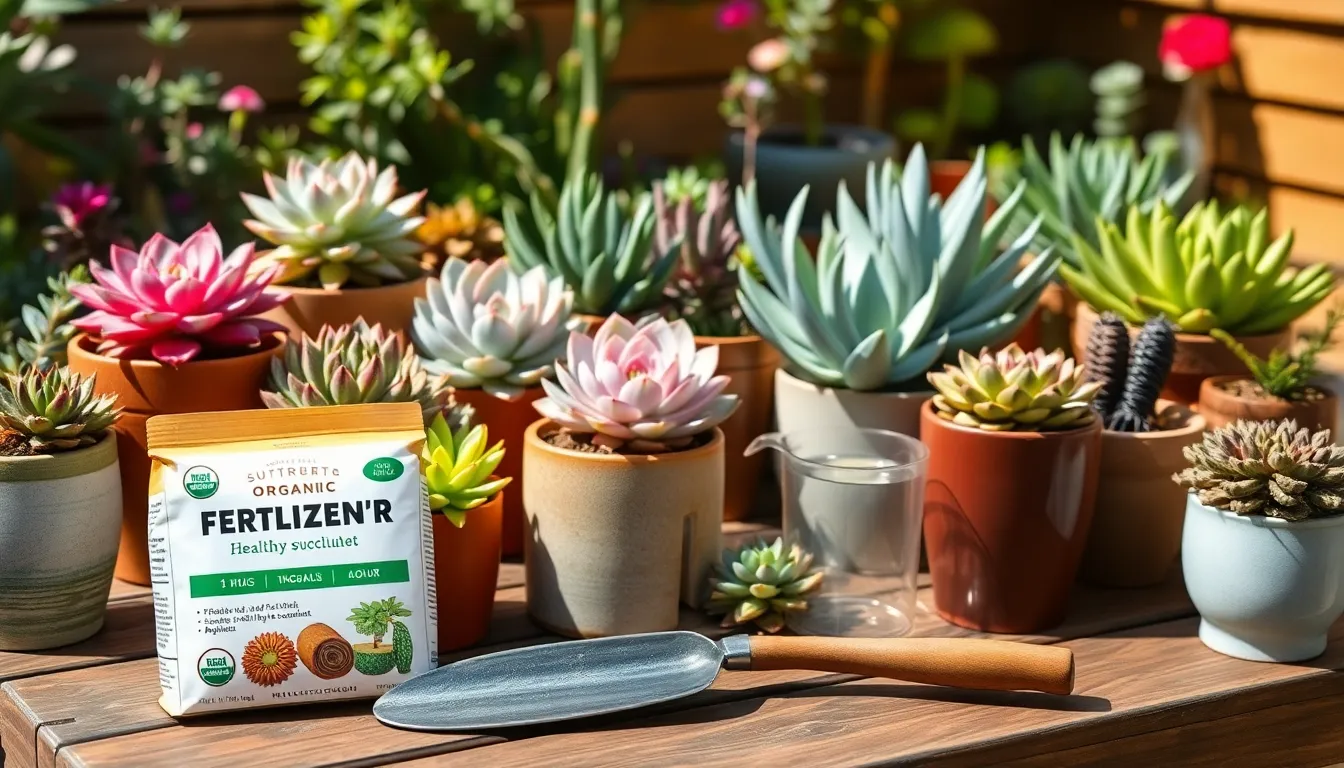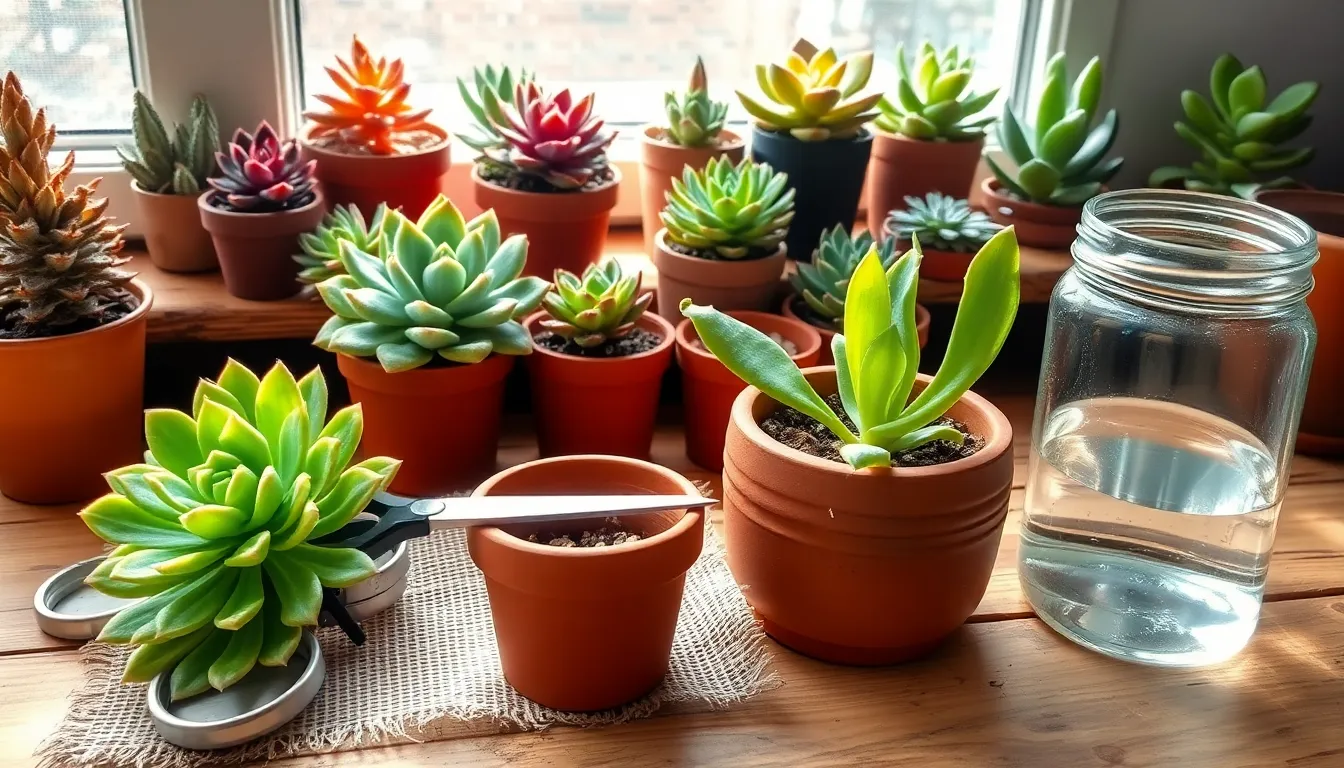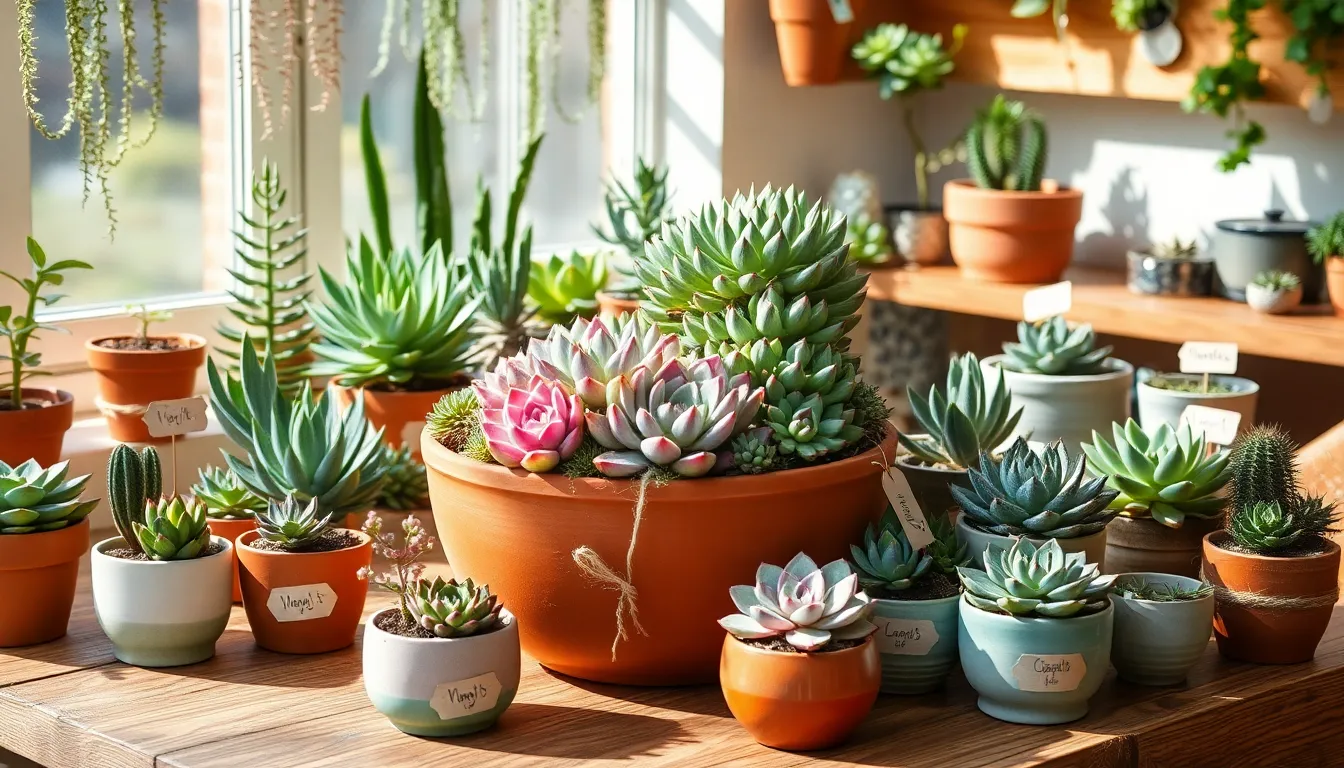Bringing nature indoors is a delightful way to breathe life into any space, and succulents are a perfect choice for adding charm without breaking the bank. These resilient beauties offer a splash of greenery, even for those who might not consider themselves to have a green thumb. Whether you’re new to gardening or a seasoned plant enthusiast, succulents provide an affordable, low-maintenance option that doesn’t skimp on style.
Understanding the versatility and simplicity of succulents can transform your home into a lush sanctuary. With their diverse shapes, sizes, and colors, succulents are as dynamic as they are easy to care for. In this article, you’ll discover twelve budget-friendly succulent varieties that can effortlessly enhance your living space, each one bringing its unique flair to your indoor garden.
For those just starting on their gardening journey, you’ll find practical tips to help your succulents thrive without much fuss. More experienced gardeners will appreciate the curated list that balances beauty and cost-effectiveness, ensuring your collection grows without straining your wallet. So, let’s delve into the vibrant world of succulents and uncover how these botanical gems can transform your home into an oasis of tranquility.
Introduction to Budget Succulents
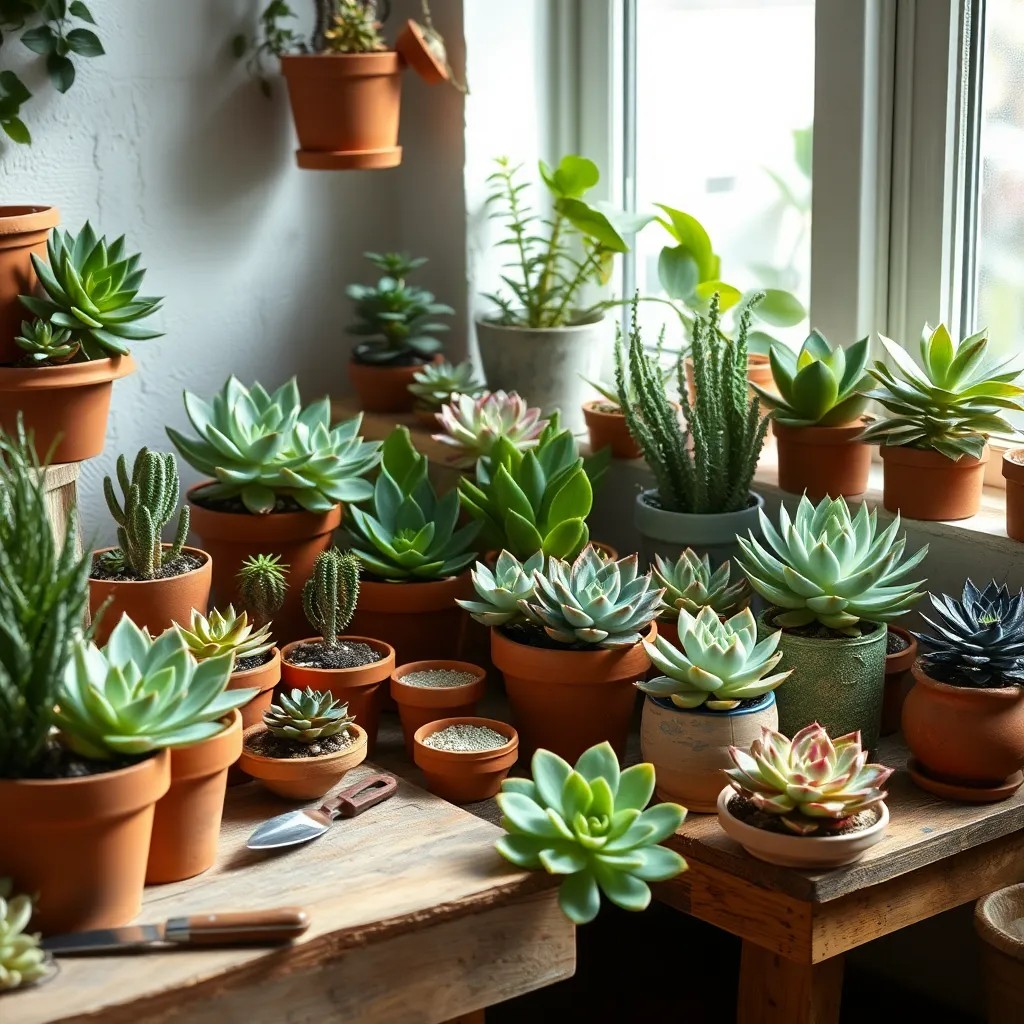
Succulents are an excellent choice for budget-conscious gardeners, as they require minimal resources to thrive. By selecting the right varieties, you can enjoy a lush display without breaking the bank.
Most succulents thrive in well-draining soil, which can be achieved by mixing regular potting soil with sand or perlite. This simple adjustment helps prevent root rot, a common issue among succulent enthusiasts.
Proper watering is crucial for succulents, and it’s best to water deeply but infrequently. Allow the soil to dry out completely between waterings to mimic their natural arid habitats.
Light conditions play a significant role in succulent care, with most varieties preferring bright, indirect sunlight. If natural light is limited, consider using a grow light to supplement their lighting needs, especially during the winter months.
For advanced gardeners, propagating succulents can be a rewarding and cost-effective way to expand your collection. Many succulents propagate easily from leaf cuttings or offsets, offering a fun project for plant enthusiasts.
Aloe Vera: Affordable and Healing
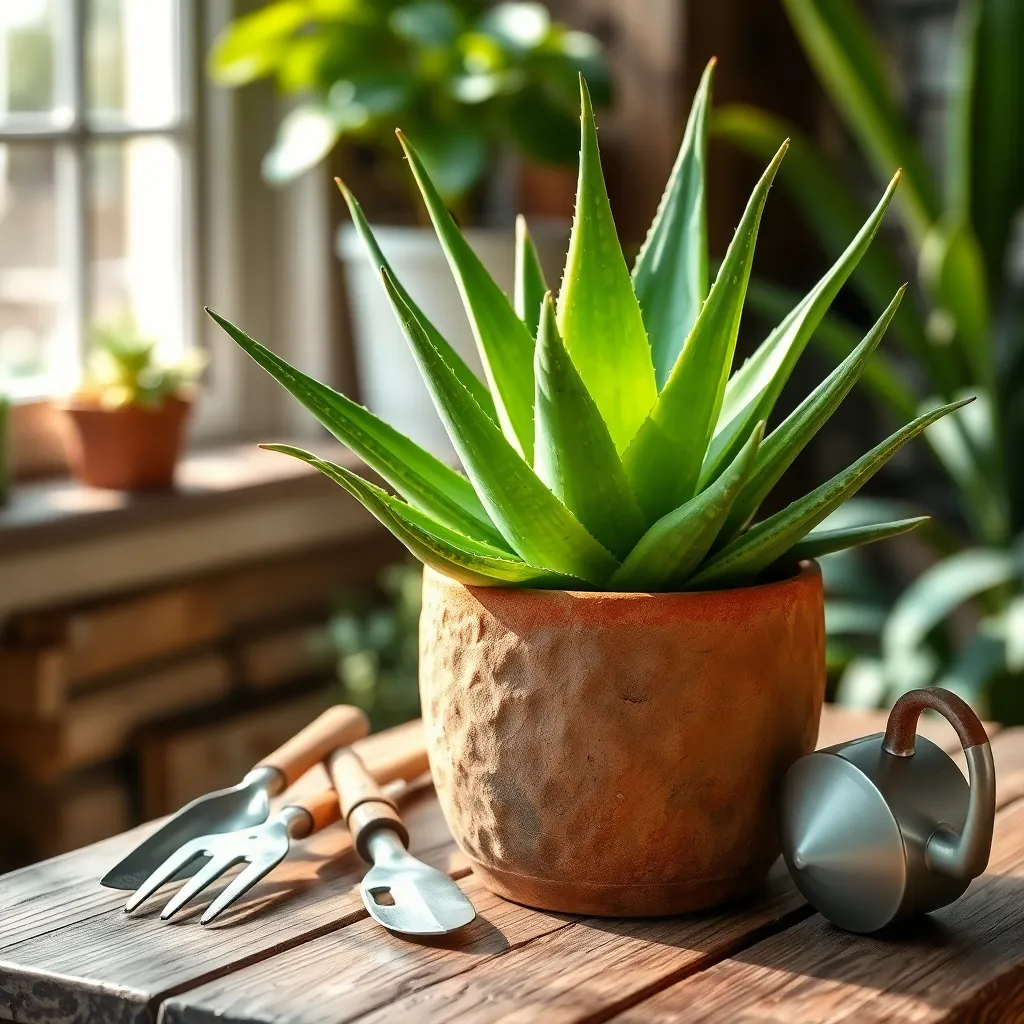
Aloe Vera is a remarkable succulent that offers both affordability and healing properties. Known for its easy maintenance, this plant is ideal for beginners looking to add a touch of green to their homes.
When it comes to care, Aloe Vera thrives best in well-draining soil such as a cactus or succulent mix. Ensure your pot has drainage holes to prevent water from pooling around the roots, which can cause rot.
Watering Aloe Vera is straightforward: wait until the top inch of soil is dry before giving it a thorough soak. In winter months, reduce watering frequency as the plant’s growth slows down, making it even more low-maintenance.
Placement is key to keeping your Aloe Vera healthy; it prefers bright, indirect sunlight. Direct sunlight can scorch the leaves, so consider placing it near a window that receives filtered light.
For those looking to propagate, Aloe Vera produces offsets, or “pups,” that can be easily removed and planted separately. This method not only expands your plant collection but also provides a rewarding gardening experience.
Jade Plant: Easy-Care Elegance
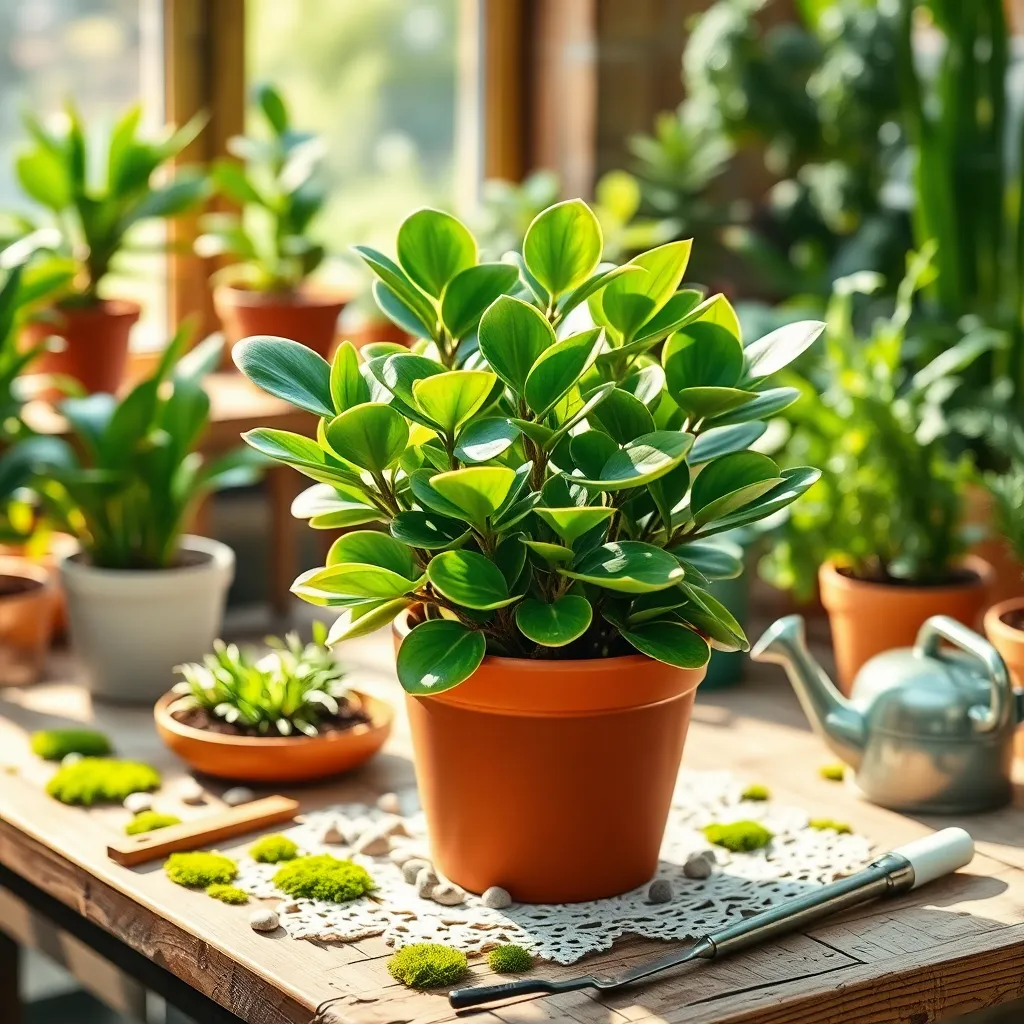
Renowned for its resilience, the Jade Plant is an excellent choice for both novice and experienced gardeners. Known scientifically as Crassula ovata, this succulent is not only visually appealing but also incredibly easy to care for, making it a budget-friendly addition to your collection.
To keep your Jade Plant thriving, place it in a spot with bright, indirect sunlight. Ideally, find a location where the plant can receive about four to six hours of sunlight per day, such as a south-facing window.
Watering a Jade Plant is simple: allow the soil to dry out completely between waterings to prevent root rot. During the growing season, typically spring and summer, water the plant every two to three weeks, reducing frequency in the winter months.
For optimal growth, use a well-draining soil mix, such as a cactus or succulent blend. Adding a layer of perlite or sand can further improve drainage, helping to maintain the plant’s health.
Advanced care tip: fertilize your Jade Plant sparingly, using a balanced, water-soluble fertilizer diluted to half-strength. Apply this only during the growing season to encourage lush growth without risking fertilizer burn.
Burro’s Tail: Trailing Beauty

Burro’s Tail, known for its cascading stems, is a striking addition to any indoor garden. This succulent thrives in bright, indirect light, making a sunny windowsill its ideal home.
To ensure healthy growth, use a well-draining cactus or succulent soil mix that prevents water from sitting around the roots. Water sparingly, allowing the soil to dry completely between waterings to avoid root rot.
For those seeking to propagate, Burro’s Tail is forgiving and easy to multiply. Simply pluck off a few leaves, let them dry for a day or two, and then place them on top of fresh soil to root.
Advanced growers can enhance their plant’s appearance by occasionally rotating the pot, ensuring even light exposure and balanced growth. Be cautious during handling, as the leaves are delicate and tend to fall off easily.
Hens and Chicks: Space Savers
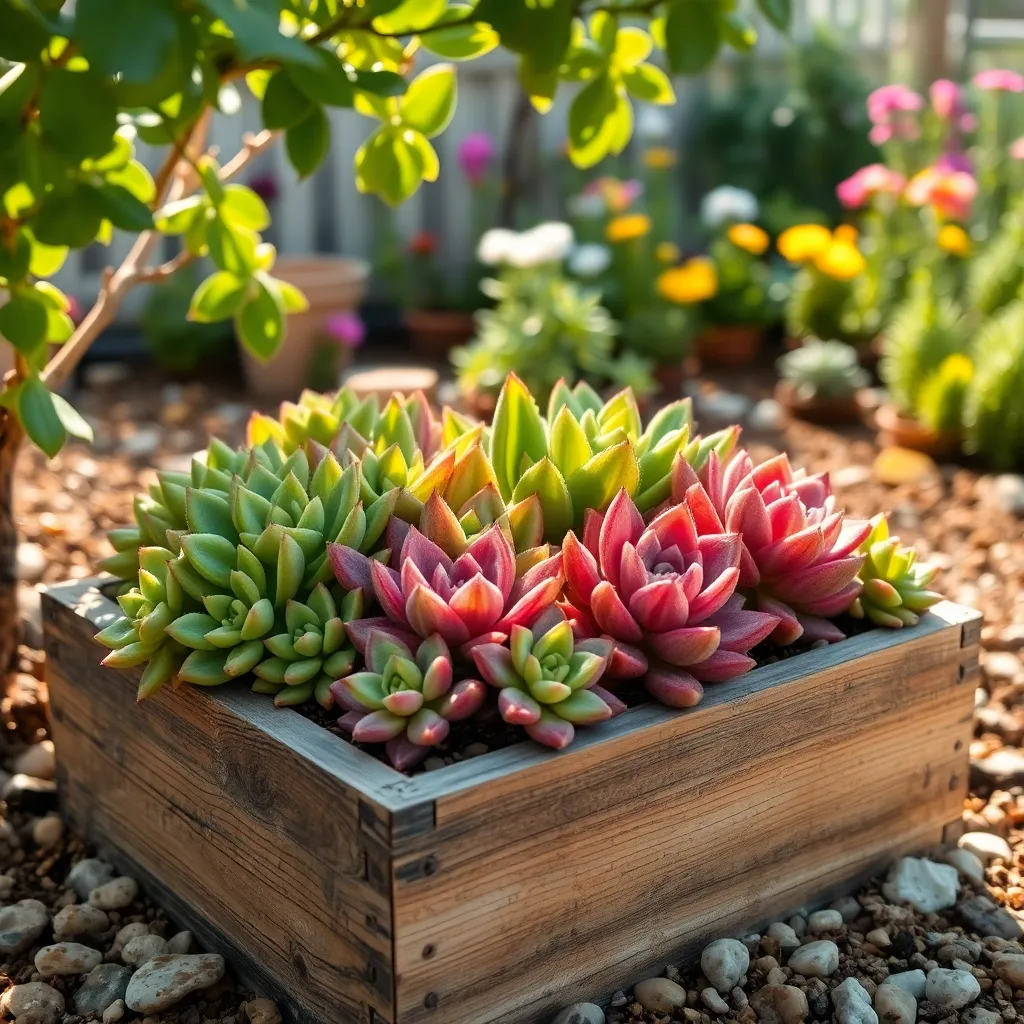
Hens and chicks are excellent space-saving succulents, perfect for those with limited gardening areas. These hardy plants thrive in small spaces, making them a fantastic choice for rock gardens, container arrangements, or even crevices in stone walls.
To grow hens and chicks successfully, start with a well-draining soil mix that mimics their natural alpine environment. A cactus or succulent soil mix, often available at garden centers, is ideal for providing the drainage they require.
Place these succulents in a spot that receives at least six hours of sunlight daily to ensure vibrant growth. If you’re growing them indoors, a south-facing windowsill can provide the necessary light, but supplement with a grow light if needed.
Water hens and chicks sparingly, allowing the soil to dry out completely between waterings. Overwatering is a common mistake, so ensure that your pots have drainage holes to prevent root rot.
For gardeners looking to propagate, simply remove some of the “chicks” from the base of the plant and replant them in a new location. This easy propagation method makes hens and chicks not only a charming addition but also an economical choice for expanding your garden.
Zebra Plant: Striking Stripes
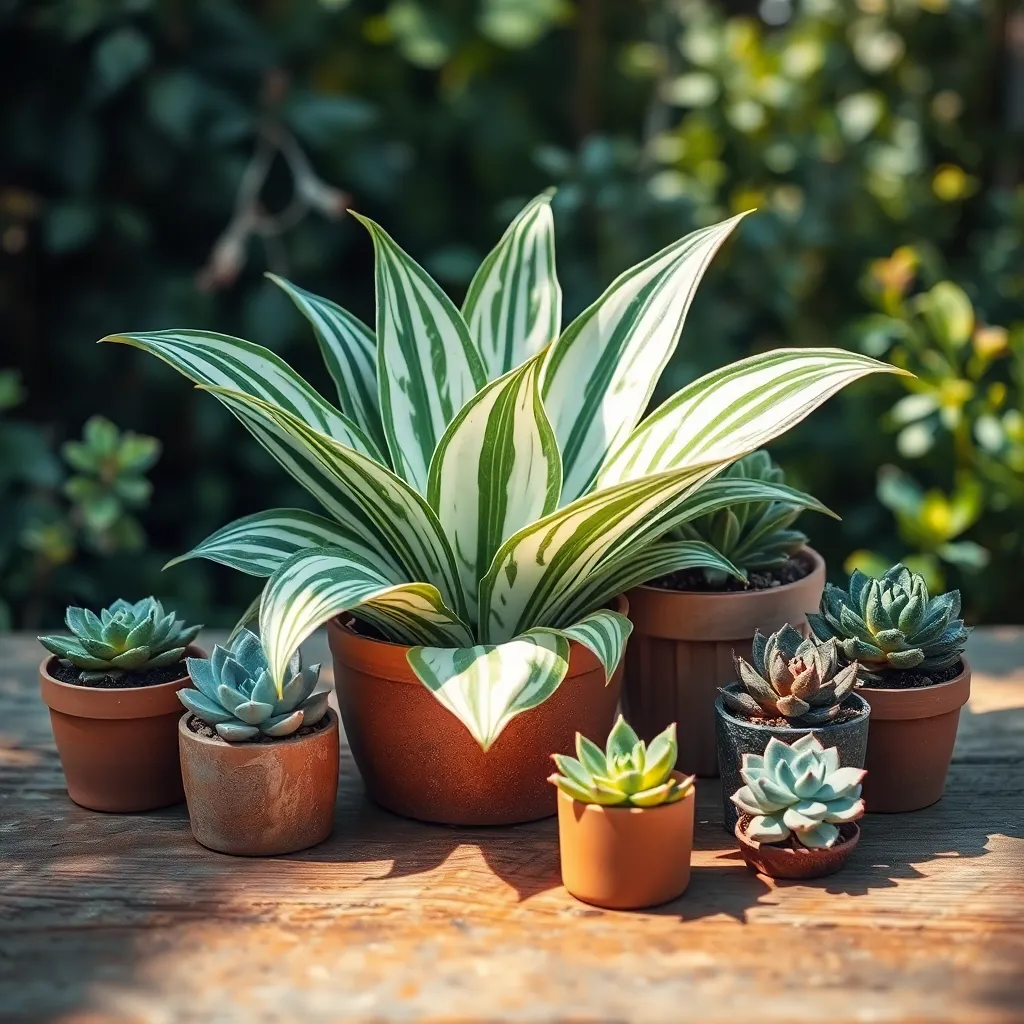
The Zebra Plant, with its striking white stripes on dark green leaves, makes a bold statement in any home. This succulent is perfect for beginners due to its low-maintenance nature and adaptability to various indoor environments.
To ensure optimal growth, place the Zebra Plant in bright, indirect light, as direct sunlight can scorch its leaves. When it comes to watering, allow the soil to dry out completely between waterings, typically every two to three weeks.
For best results, plant your Zebra Plant in a well-draining soil mixture, such as a cactus or succulent blend, to prevent root rot. Advanced gardeners can experiment with adding perlite or pumice to the soil for improved aeration and drainage.
Keep an eye on the plant’s leaves for signs of overwatering, such as mushy or translucent spots. If you’re looking to propagate, simply remove an offshoot, let it callous over for a few days, and then plant it in moist soil.
Panda Plant: Fuzzy and Fun
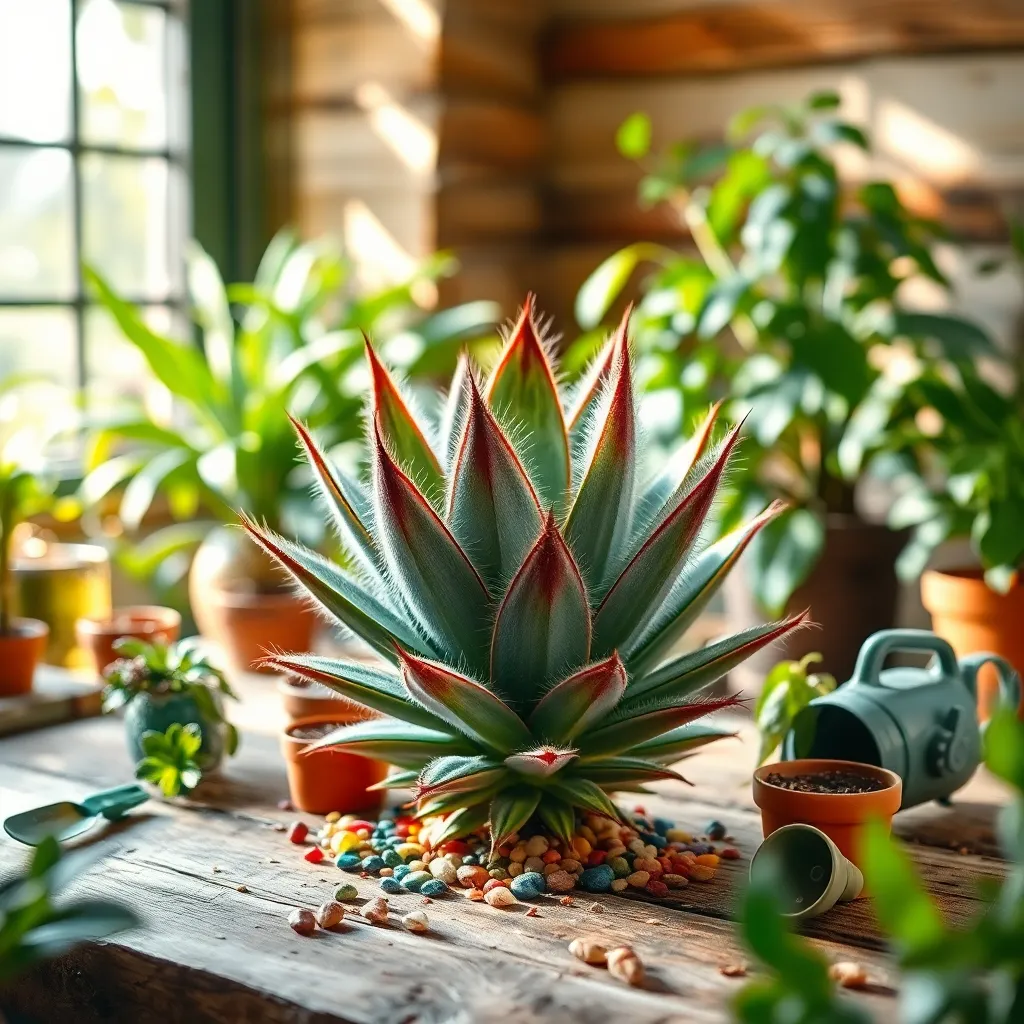
The Panda Plant, often recognized for its soft, fuzzy leaves, is a delightful addition to any succulent collection. Its thick leaves, adorned with brownish-red edges, give it a unique appearance, making it a conversation starter in any room.
Beginner gardeners will appreciate that the Panda Plant thrives on minimal care. It requires bright, indirect sunlight and should be watered sparingly, allowing the soil to dry completely between waterings to prevent root rot.
For soil, a well-draining cactus mix is ideal to ensure the Panda Plant remains healthy. If you’re crafting your own mix, consider combining equal parts potting soil, sand, and perlite for optimal drainage.
Advanced gardeners might explore propagating the Panda Plant through leaf cuttings. Simply cut a healthy leaf, let it callous for a few days, and then plant it in a moist, sandy soil mix for best results.
Snake Plant: Hardy and Stylish
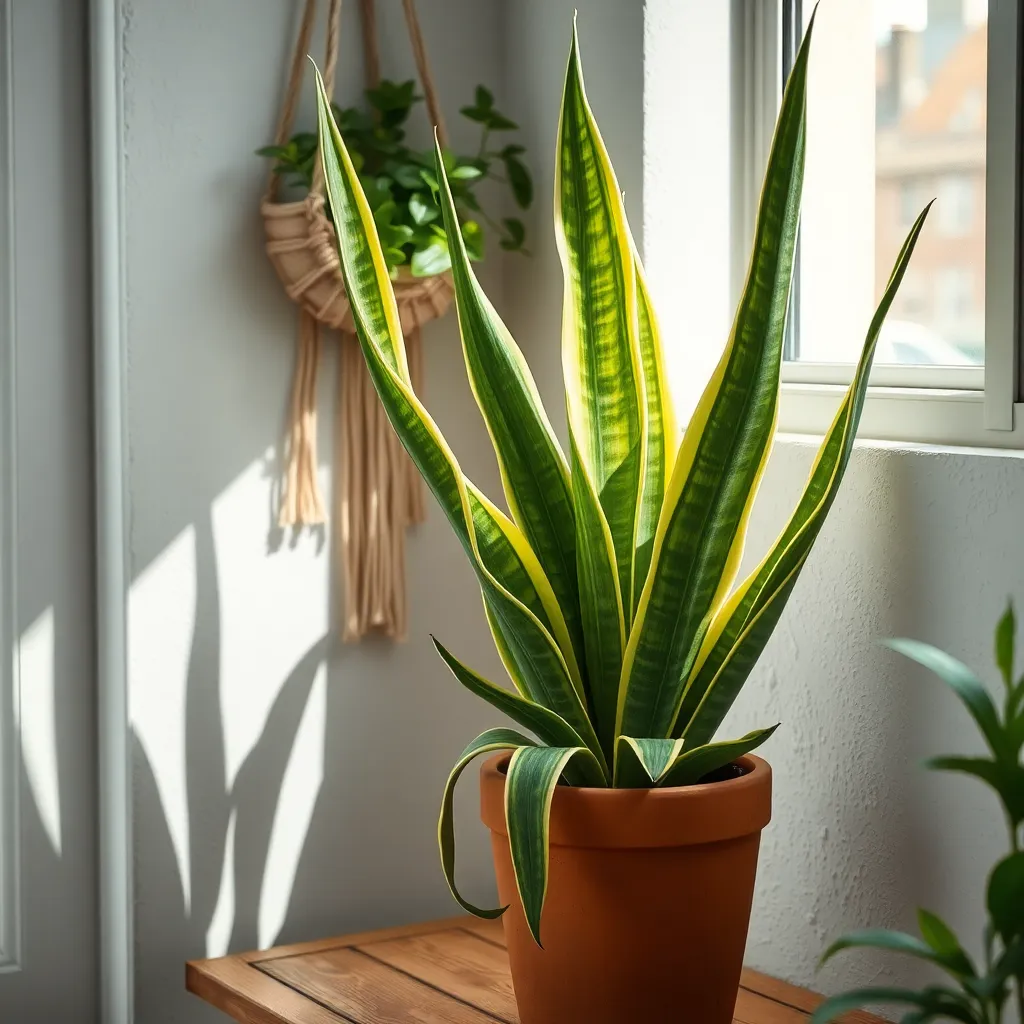
The snake plant, also known as Sansevieria or mother-in-law’s tongue, is a resilient and stylish choice for any home. It thrives in a variety of environments, making it perfect for both beginner and experienced gardeners.
One of the key benefits of the snake plant is its low maintenance needs. It can tolerate low light levels, making it ideal for rooms with minimal natural light.
Watering is straightforward; allow the soil to dry out completely between waterings. Overwatering is the most common issue, so it’s crucial to use well-draining soil, such as a cactus or succulent mix.
For optimal growth, place your snake plant in indirect sunlight and maintain temperatures between 60°F and 80°F. Advanced gardeners can propagate new plants by dividing rhizomes or leaf cuttings, expanding their collection with ease.
Cactus Varieties: Prickly Yet Chic
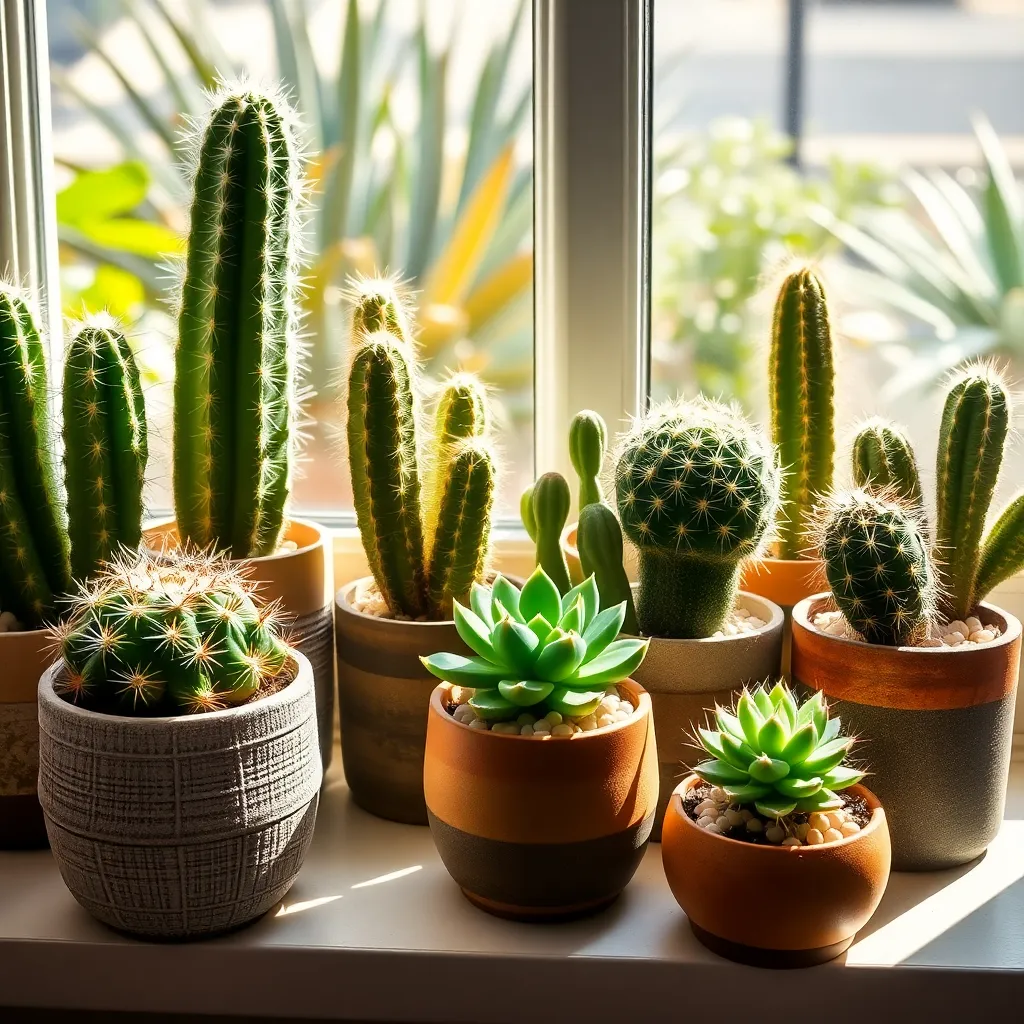
Cacti are a stunning and resilient addition to any home, offering various shapes and sizes that can elevate your décor. They thrive in bright, sunny locations, making them perfect for windowsills that receive plenty of sunlight.
For successful cactus care, it’s essential to use a well-draining soil mix specifically designed for succulents. Consider mixing regular potting soil with sand or perlite to enhance drainage and prevent root rot.
Watering is crucial, but less frequent than many other plants; allow the soil to dry out completely between waterings. During the growing season (spring and summer), water once every two weeks and reduce frequency in the dormant winter months.
Advanced gardeners might experiment with various cactus varieties, such as the vibrant Moon Cactus or the towering Saguaro. These varieties not only differ in appearance but also in their specific care needs, offering a delightful challenge for those looking to expand their gardening skills.
Echeveria: Rosette Appeal

Echeverias are a popular choice for succulent enthusiasts due to their stunning rosette shapes and vibrant colors. Known for their low maintenance, these succulents are perfect for beginners looking to add a touch of elegance to their homes.
When it comes to light requirements, Echeverias thrive in bright, indirect sunlight. Position them near a south or east-facing window to ensure they receive adequate light, which is crucial for maintaining their compact form and colorful leaves.
Proper watering practices are essential to keep Echeverias healthy and avoid root rot. Water them deeply but infrequently, allowing the soil to dry out completely between waterings; typically, this means watering once every two weeks.
For soil, choose a well-draining mix specifically designed for succulents and cacti. You can enhance drainage by adding perlite or coarse sand to a standard potting mix, ensuring your Echeveria’s roots stay healthy and dry.
Advanced gardeners can propagate Echeverias by leaf cuttings or offsets. Simply remove a healthy leaf or offset, let it dry for a few days, and then place it on top of moist, well-draining soil to encourage new growth.
Lithops: Living Stone Wonders
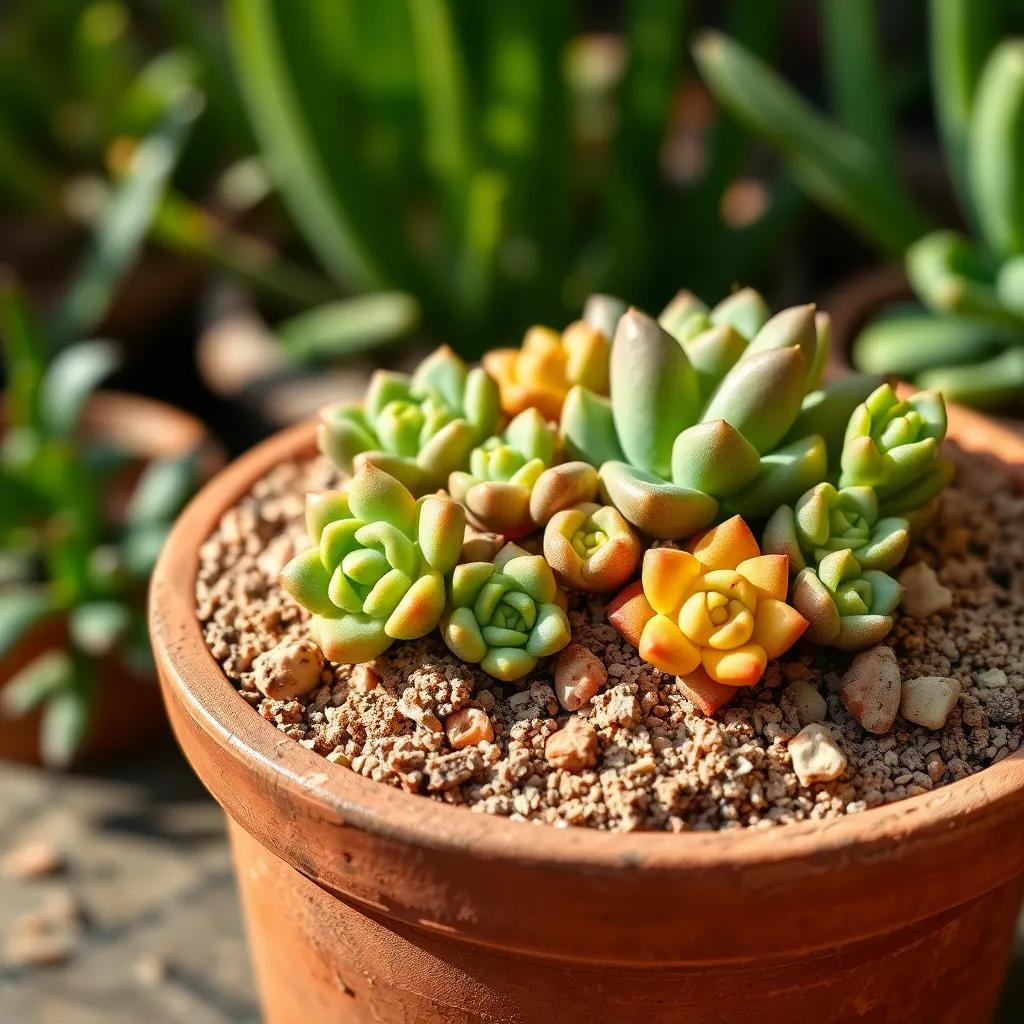
Lithops, commonly known as living stones, offer a unique aesthetic appeal with their fascinating stone-like appearance. These small succulents are perfect for windowsills as they require minimal space and can thrive in small pots.
Proper care involves providing them with a gritty, well-draining soil mix, such as a cactus or succulent blend, to mimic their native environment. Avoid using heavy garden soils, as they can retain too much moisture and lead to root rot.
Watering should be sparing; a general rule is to water them once every two to three weeks during their growing season. It’s crucial to let the soil dry out completely between waterings to prevent overwatering, which is the most common mistake with these plants.
For advanced growers, repotting lithops every couple of years can promote healthy growth. When repotting, be gentle with their fragile root systems, and ensure the new pot has sufficient drainage holes.
Caring for Your Succulent Collection
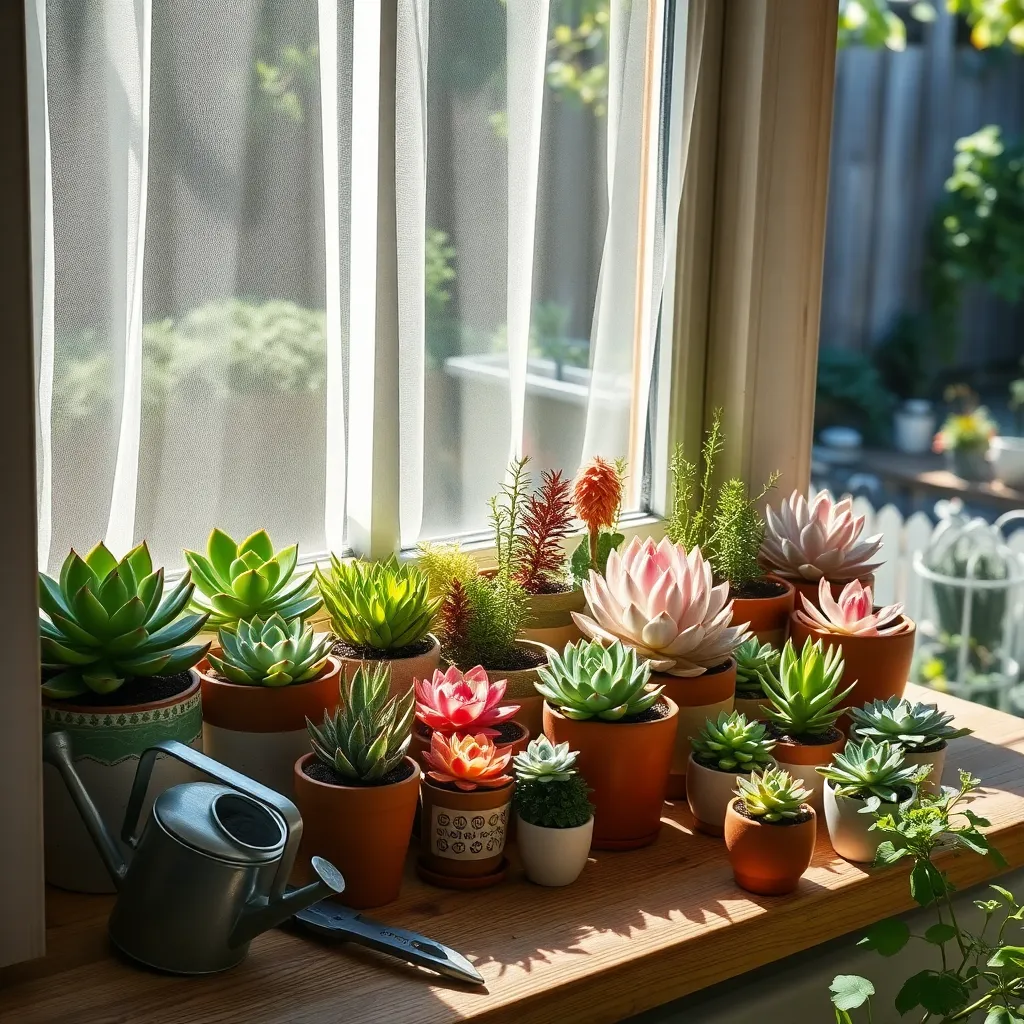
Caring for your succulent collection begins with understanding their unique water needs. Unlike most houseplants, succulents prefer a thorough soak followed by a drying-out period; water them deeply but sparingly, allowing the soil to dry completely between waterings.
Light is another crucial factor for succulent health. Most succulents thrive in bright, indirect light, so place them near a sunny window but shield them from harsh afternoon sun to prevent leaf scorch.
Soil choice is key to preventing root rot in succulents. Opt for a well-draining mix, such as a cactus or succulent-specific soil, or create your own by combining regular potting soil with sand or perlite in a 1:1 ratio.
For beginners, starting with a small collection of hardy varieties like Aloe, Echeveria, or Haworthia can build confidence. These plants are not only forgiving but also offer a diverse range of shapes and colors to brighten any space.
More advanced gardeners might consider propagating their succulents by leaf cuttings or offsets. This process can be both rewarding and economical, allowing you to expand your collection without additional cost.
To enhance the growth of your succulents, fertilize them with a diluted, balanced fertilizer during the growing season. Use a half-strength liquid fertilizer once a month in spring and summer for the best results.
Finally, protect your succulents from pests like mealybugs and spider mites by regularly inspecting their leaves. If pests are detected, gently remove them with a cotton swab dipped in rubbing alcohol.
Conclusion: Growing Success with These Plants
In exploring the world of budget-friendly succulents for your home, we’ve delved into 12 delightful varieties that not only beautify your space but also symbolize essential relationship concepts. From the resilient Aloe Vera, teaching us the value of healing and patience, to the adaptable Jade Plant, reminding us of the importance of flexibility and growth, each succulent offers a unique lesson. The low-maintenance nature of the Snake Plant encourages us to appreciate simplicity, while the enduring Cactus underscores the strength found in enduring tough times together.
As you nurture these plants, consider them symbols of your commitment to cultivating and maintaining a flourishing relationship. Start today by choosing one succulent that resonates with your current relationship goals, and place it somewhere prominent as a daily reminder of your journey.
Be sure to save or bookmark this article as a handy reference; these insights can serve as touchstones whenever you seek guidance or inspiration. Remember, like any thriving garden, successful relationships require ongoing attention and care. By integrating these lessons into your daily life, you’re paving the way for a future filled with strong, resilient bonds. Let’s grow together, one succulent at a time!

